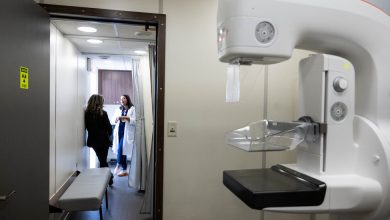Heat-Related E.R. Visits Rose in 2023, C.D.C. Study Finds

The News
The rate of emergency room visits caused by heat illness increased significantly last year in large swaths of the country compared with the previous five years, according to a study published on Thursday by the Centers for Disease Control and Prevention.
The research, which analyzed visits during the warmer months of the year, offers new insight into the medical consequences of the record-breaking heat recorded across the country in 2023 as sweltering temperatures stretched late into the year.

The sun setting in July over Phoenix. Last year was the warmest on Earth in a century and a half, with the hottest summer on record.Credit…Matt York/Associated Press
What the Numbers Say: People in the South were especially affected by serious heat illness.
The researchers used data on emergency room visits from an electronic surveillance program used by states and the federal government to detect the spread of diseases. They compiled the number of heat-related emergency room visits in different regions of the country and compared them to data from the previous five years.
Nearly 120,000 heat-related emergency room visits were recorded in the surveillance program last year, with more than 90 percent of them occurring between May and September, the researchers found.
The highest rate of visits occurred in a region encompassing Arkansas, Louisiana, New Mexico, Oklahoma and Texas. Overall, the study also found that men and people between the ages of 18 and 64 had higher rates of visits.
How It Happens: Heat can be a silent killer, experts and health providers say.
Last year was the warmest on Earth in a century and a half, with the hottest summer on record. Climate scientists have attributed the trend in part to greenhouse gas emissions and their effects on global warming, and they have warned that the timing of a shift in tropical weather patterns last year could foreshadow an even hotter 2024.
Heat illness often occurs gradually over the course of hours, and it can cause major damage to the body’s organs. Early symptoms of heat illness can include fatigue, dehydration, nausea, headache, increased heart rate and muscle spasms.




